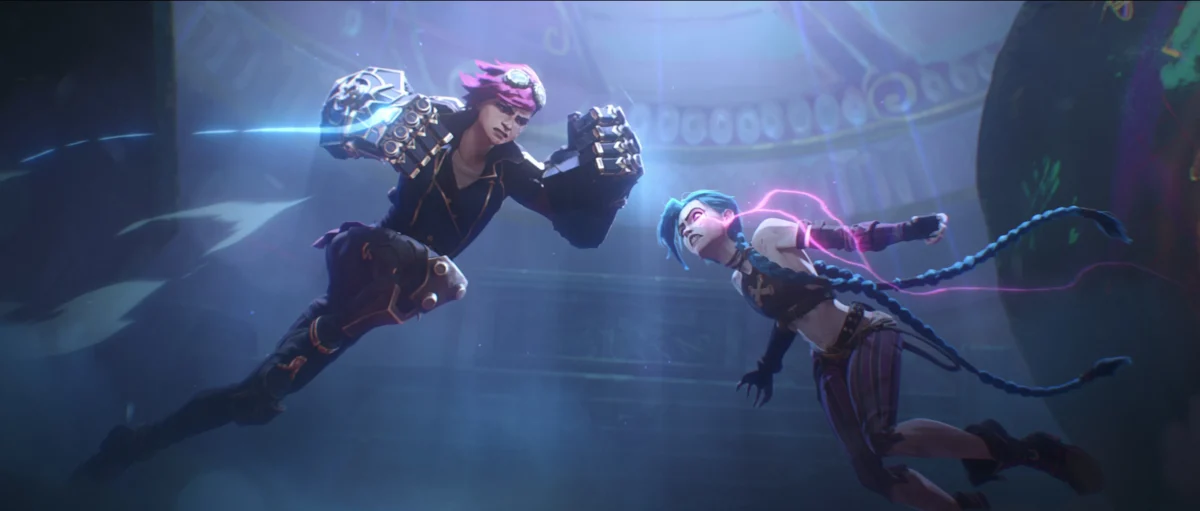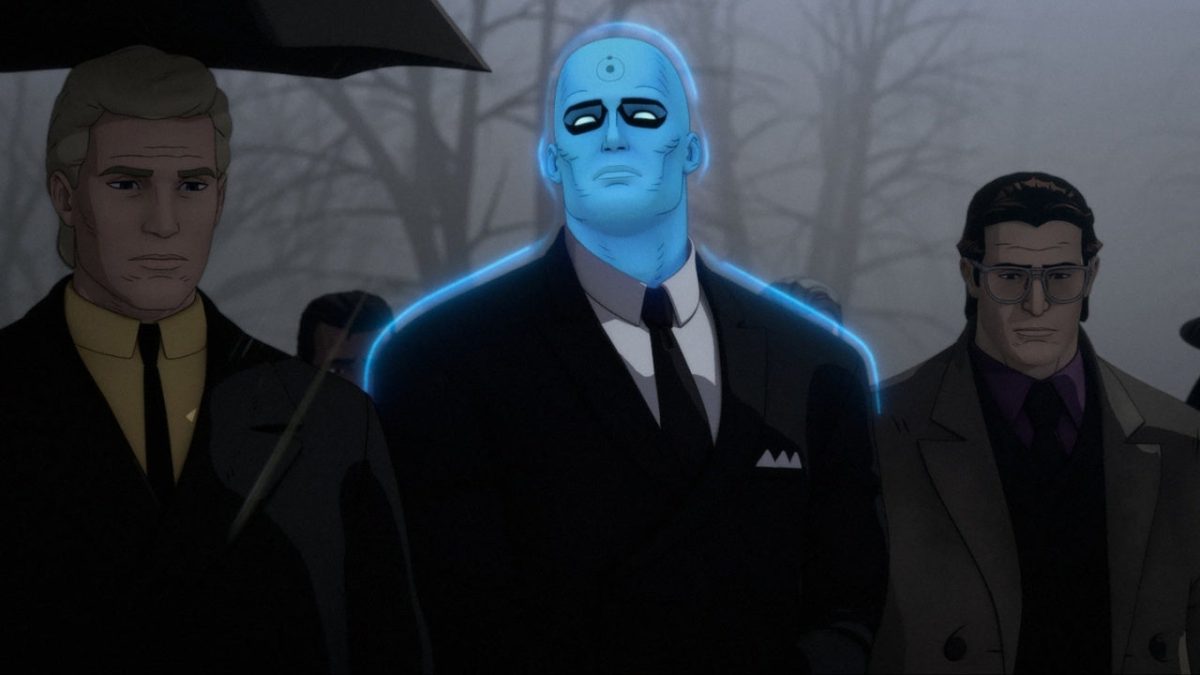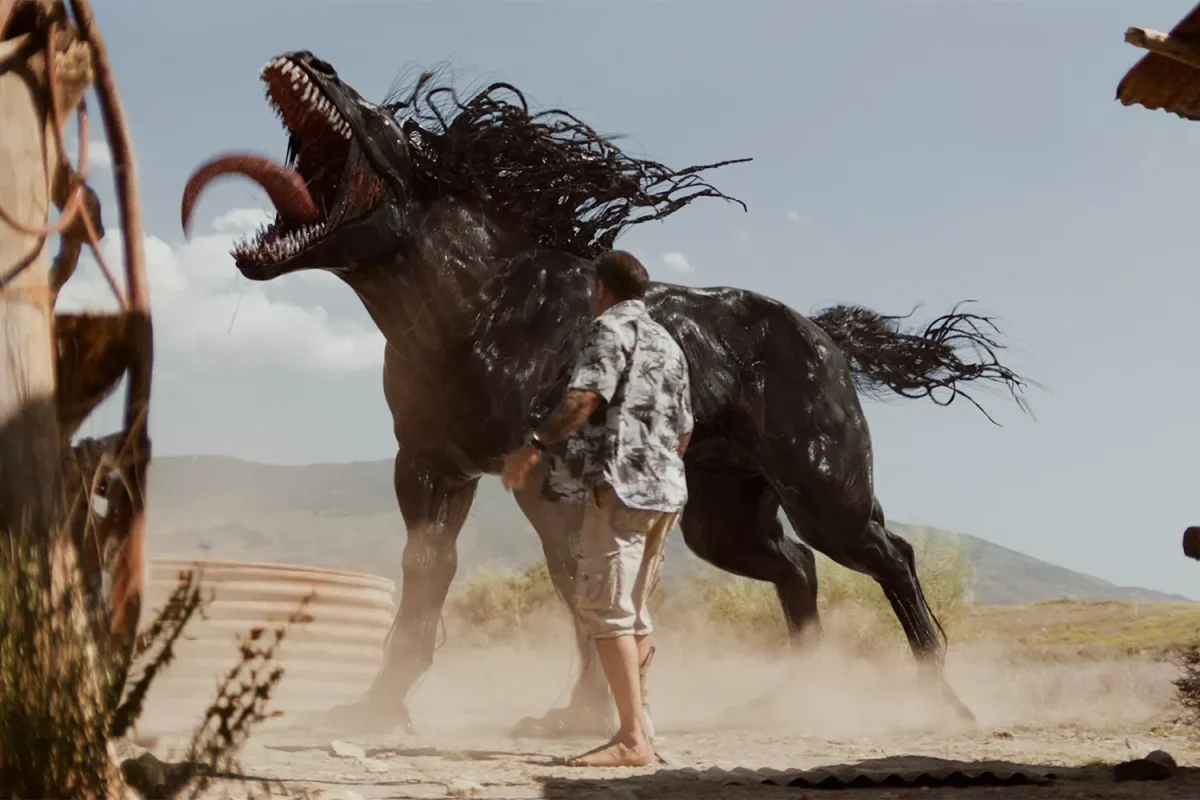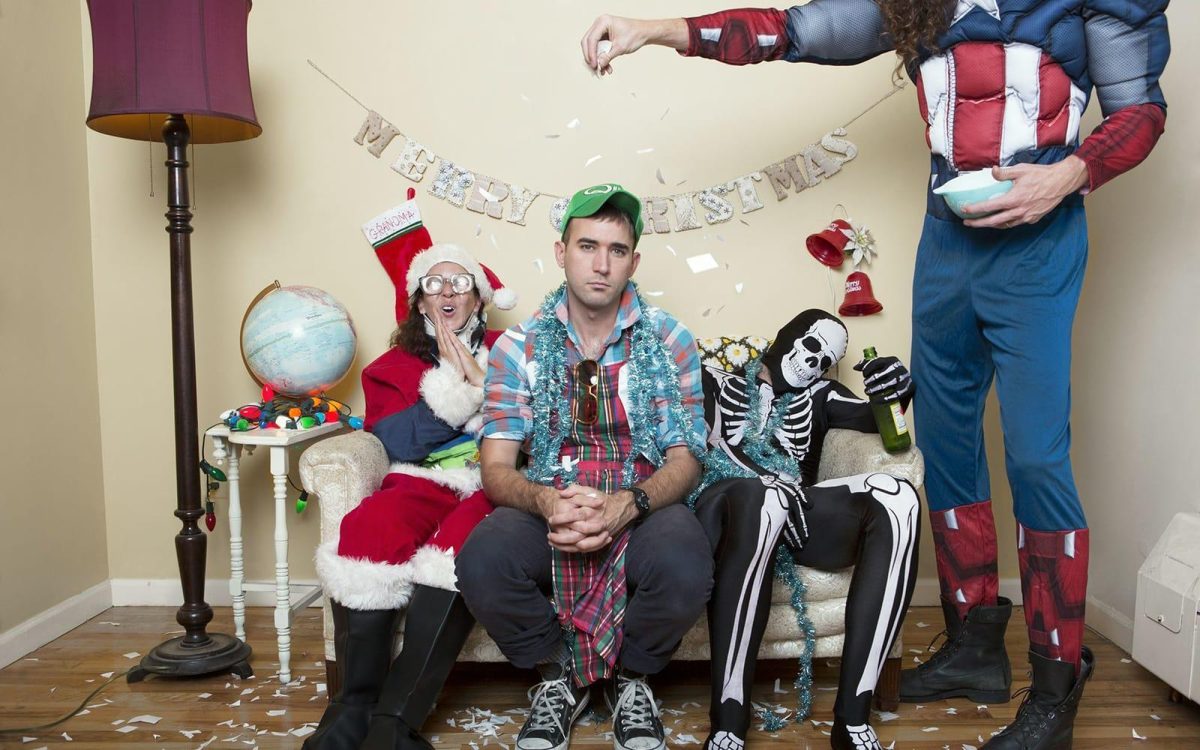Although a good majority of the “South Pacific” audience on opening night was elderly, this musical is by no means directed toward a specific age group. “South Pacific,” written in 1949, transcends generations and can be enjoyed by all audiences. From its timeless classics like “Some Enchanted Evening” to the enduring themes of love and acceptance, “South Pacific” is perhaps the most taken-for-granted of Rodgers and Hammerstein’s musicals.
Aside from the storyline, what makes “South Pacific” such a classic is the beautiful score. Songs like “Younger than Springtime,” “Bali Ha’i” and “I’m in Love With a Wonderful Guy” are well-known, but their messages are far more intense when in context of the show. Hammerstein’s astute, yet romantic lyrics in tandem with Rodgers’ lavish, entrancing score makes for an exciting musical experience. Additionally, this production boasts the largest pit orchestra of any National Tour, led by Lawrence Goldberg. With 25 musicians in the pit, the music truly comes alive. In a culture where our popular music lacks dynamic contrast, the “South Pacific” score is a necessary change of pace. The excitement and drama of the crescendos and complex harmonies yields a type of catharsis by itself. The orchestra does a great job with catchy tunes like “There is Nothing Like a Dame” and “I’m Gonna Wash That Man Right Out of Hair” as well.
Set during World War II, the musical opens with the second date of Nellie Forbrush (Carmen Cusack) and Emile de Becque (David Pittsinger). The chemistry between the young Navy nurse and mysterious Frenchman is immediately apparent. However, Nellie breaks off their engagement when she learns of Emile’s two Polynesian children from his deceased first wife. Just as this relationship ends, so does another. While on the island, Marine Lieutenant Joe Cable (Anderson Davis) had started a fiery romance with a beautiful young Tonkinese girl named Liat (Sumie Maeda). But as the relationship becomes more serious, Cable confesses that he cannot marry or take this girl home to the U.S. When both of these relationships are ended because of prejudice, Cable and de Becque make the decision to embark on a deadly mission for the Navy. Other notable characters include Bloody Mary (Jodi Kimura), the devious island entrepreneur, and Luther Billis (Timothy Gulan), a screwball Navy man looking for some action.
The performers of this production do a superb job with the difficult score and meaningful plotline, resulting in an entertaining and moving show. Director Bartlett Sher succeeds in staging a sincere, authentic production, providing some key restorations to the script in order to clarify the theme of racial prejudice and sense of displacement. Actor standouts include Carmen Cusack, last seen as Elphaba in “Wicked,” who perfectly captures Nellie’s Arkansas charm and optimistic disposition. Her distinctive voice ranges from melodic soprano to vivacious belt.
However, the most powerful voice was that of David Pittsinger. This world-class operatic baritone portrays Emile as a perfect contrast to his naïve love interest, Nellie. Songs like “Some Enchanted Evening” and “This Nearly Was Mine” have a reputation to live up to, but Pittsinger’s renditions are showstoppers. Anderson Davis, who plays the role of the handsome Lt. Joe Cable, portrays his character with the understanding of Cable’s confusion and rage of his own prejudices. Jodi Kimura, as Bloody Mary, and Timothy Gulan, as Luther Billis, are a hysterical duo. Kimura enchants the audience with her enigmatic song “Bali Ha’i.” Gulan enthusiastically leads the male chorus in “There is Nothing Like a Dame” and “Honey Bun.”
In addition to the score and stellar performances, “South Pacific” is worth seeing because of its relevant themes. Although written over 50 years ago, we must still evaluate these same values that “South Pacific” addresses.







